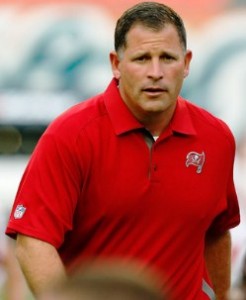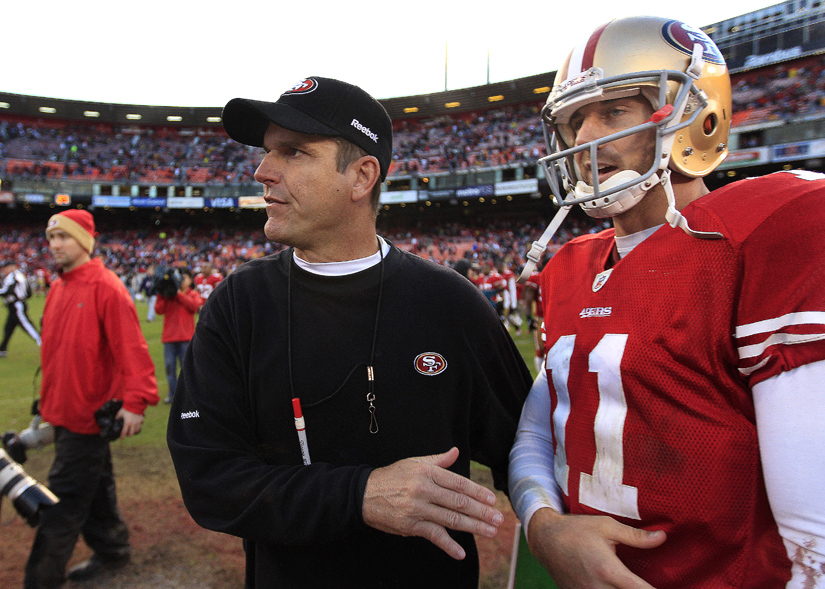Ten months ago, Tampa Bay Buccaneers General Manager Mark Dominik had a disaster on his hands.
The Bucs lost their final 10 games of the 2011 season and fired Coach Raheem Morris. The team ranked 27th in points scored, and quarterback Josh Freeman had regressed considerably in his third season.
In 2011, Freeman ranked 26th in Adjusted Net Yards per Attempt and led the N.F.C. in interceptions. Freeman had seemingly lost his way; he averaged a meek 10.4 yards per completion, placing him 33rd in the league and just barely ahead of weak-armed Colt McCoy (10.3).
If Freeman’s career had continued on this downward trajectory, Dominik would have become collateral damage. So in the off-season, Dominik rebuilt the team with a clear vision: he wanted an offense built around a strong running game complemented by a deep passing attack.
Dominik’s first move to was hire Greg Schiano, then the coach at Rutgers. The decision seemed odd at the time, especially in light of Tampa Bay’s flirtation with Oregon’s Chip Kelly. Kelly is considered an offensive mastermind, and Schiano is a defensive coach by trade. That meant the man Schiano would hire to coach his offense would be the most critical hire in Josh Freeman’s — and potentially Dominik’s — career.
Schiano didn’t have to venture far from Piscataway, N.J., to find his coordinator, Mike Sullivan, who was working as the Giants’ quarterbacks coach. The decision was considered risky because Sullivan had never called plays for the Giants, but he had a reputation for wanting to stretch the field with long passes in connection with a strong running game. In 2011, among the 25 quarterbacks that started at least 10 games and threw at least 300 passes, Eli Manning led the league in yards per completion.
In March, Tampa Bay signed wide receiver Vincent Jackson, who had starred for the Chargers. From 2008 to 2011, Jackson averaged 18.0 yards per catch, the highest average in the league over that span among players with at least 200 catches. During Jackson’s best season, in 2009, San Diego quarterback Philip Rivers led the league in yards per completion, signaling the effects an elite deep threat can have on a quarterback’s statistics.
Tampa Bay also signed the All-Pro guard Carl Nicks from division rival New Orleans, although he is now out for the year with a left foot injury. Finally, in the 2012 draft, the Buccaneers selected running back Doug Martin with the 31st pick in the first round. Martin has 1,000 rushing yards in 10 games and is leading the N.F.L. in yards from scrimmage.
By adding one of the game’s best deep threats, an excellent offensive lineman and a talented, all-purpose running back, along with finding the right offensive coordinator and coach, Dominik put the pieces in place around his franchise quarterback. This year, Freeman is having a breakout season. Playing in Sullivan’s offense, alongside Jackson and Martin, has transformed Freeman into one of the game’s most valuable players. Consider that through 10 games in 2011, Manning’s Giants were 6-4 and he was averaging 8.2 Adjusted Yards per Attempt; through 10 games in 2012, Freeman’steam is 6-4 and he is averaging 8.2 AY/A.
After ranking 26th in ANY/A last season, Freeman ranks second in ANY/A and Net Yards per Attempt, my preferred predictive statistic of quarterback play, trailing only Peyton Manning in both categories. After ranking second to last in yards per completion last year, Freeman ranks second in that metric this season, just barely behind Cam Newton.


